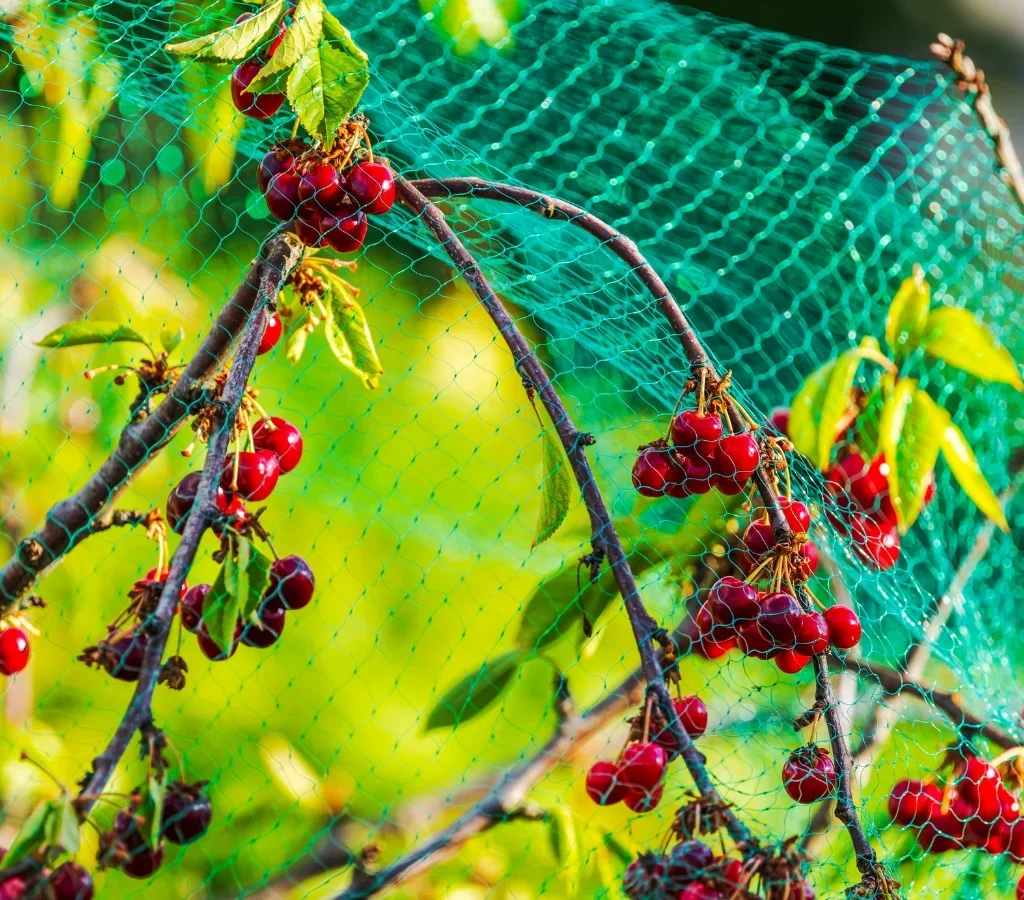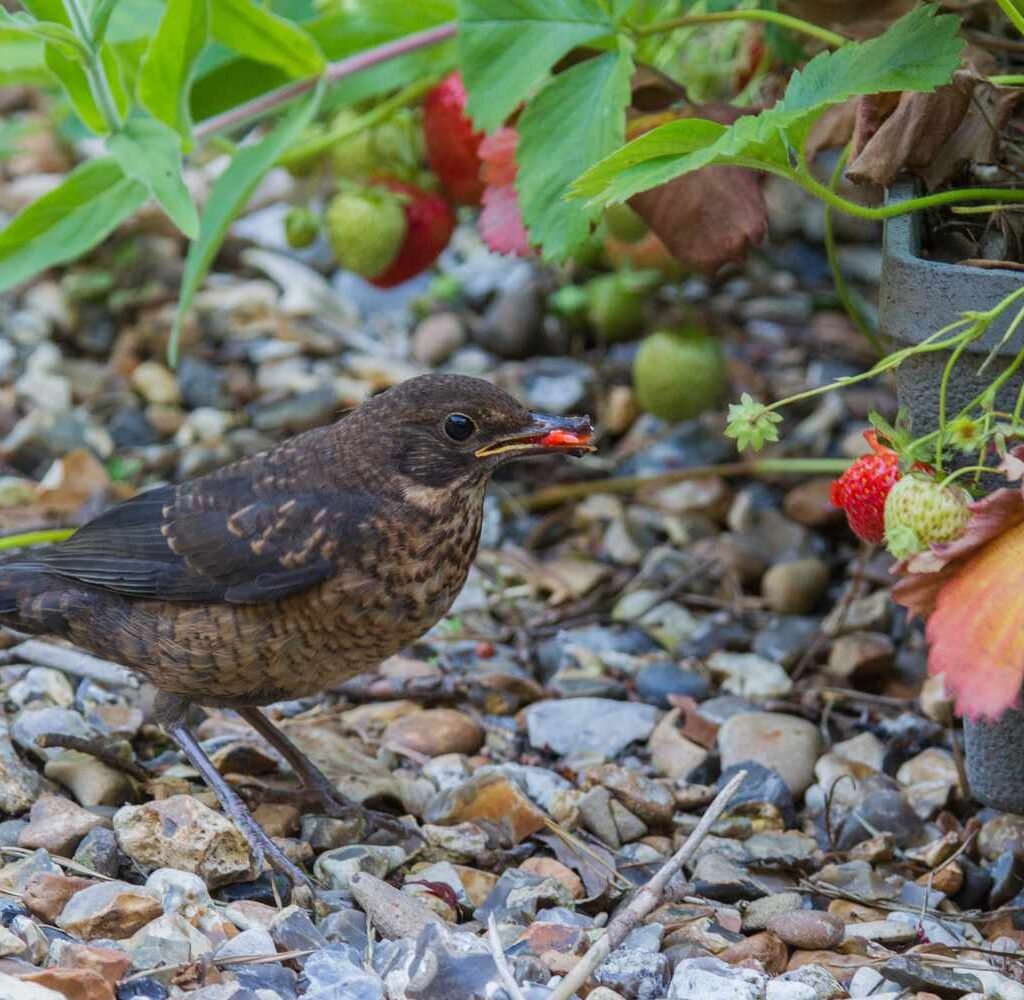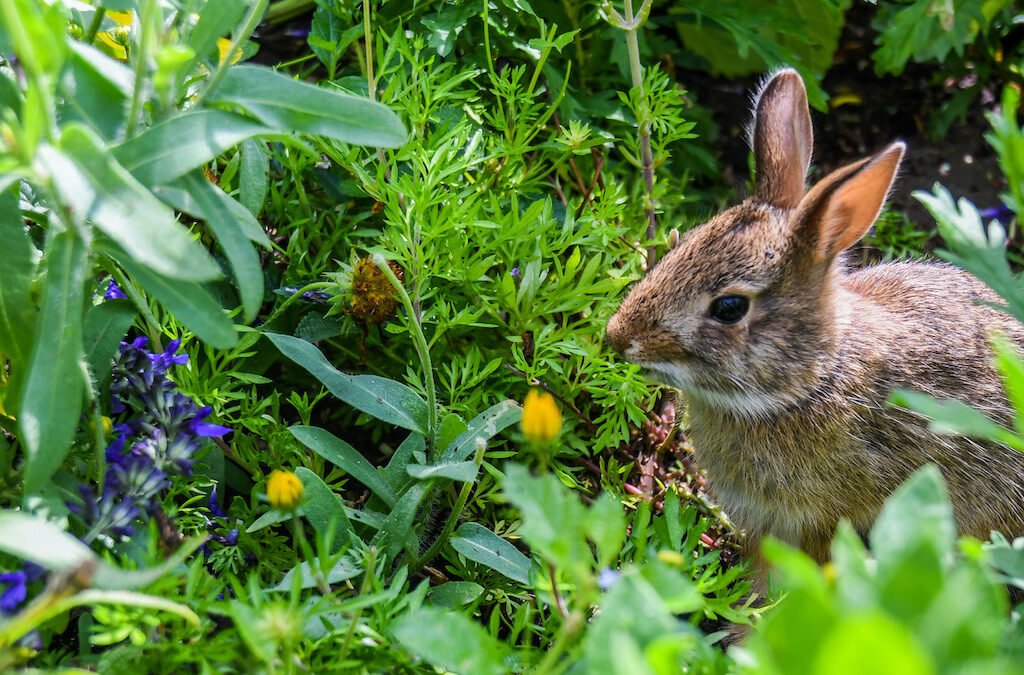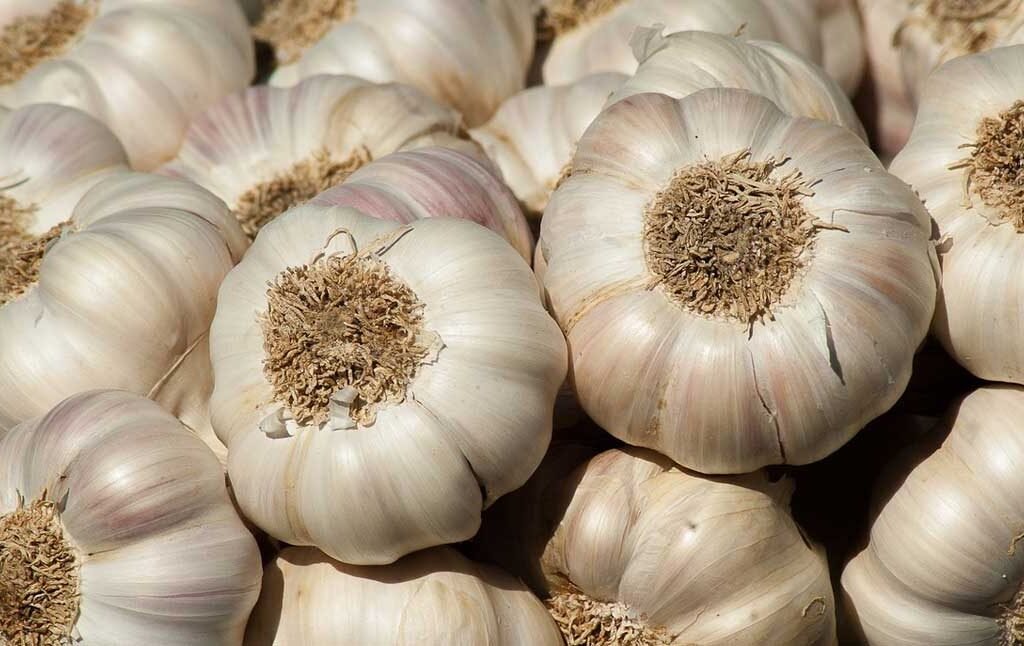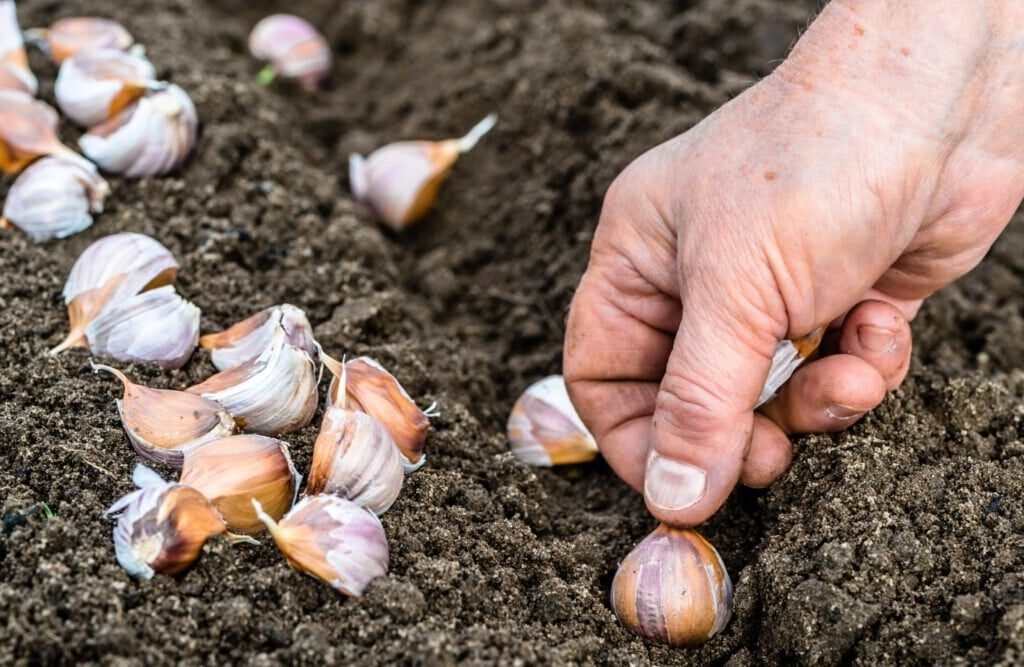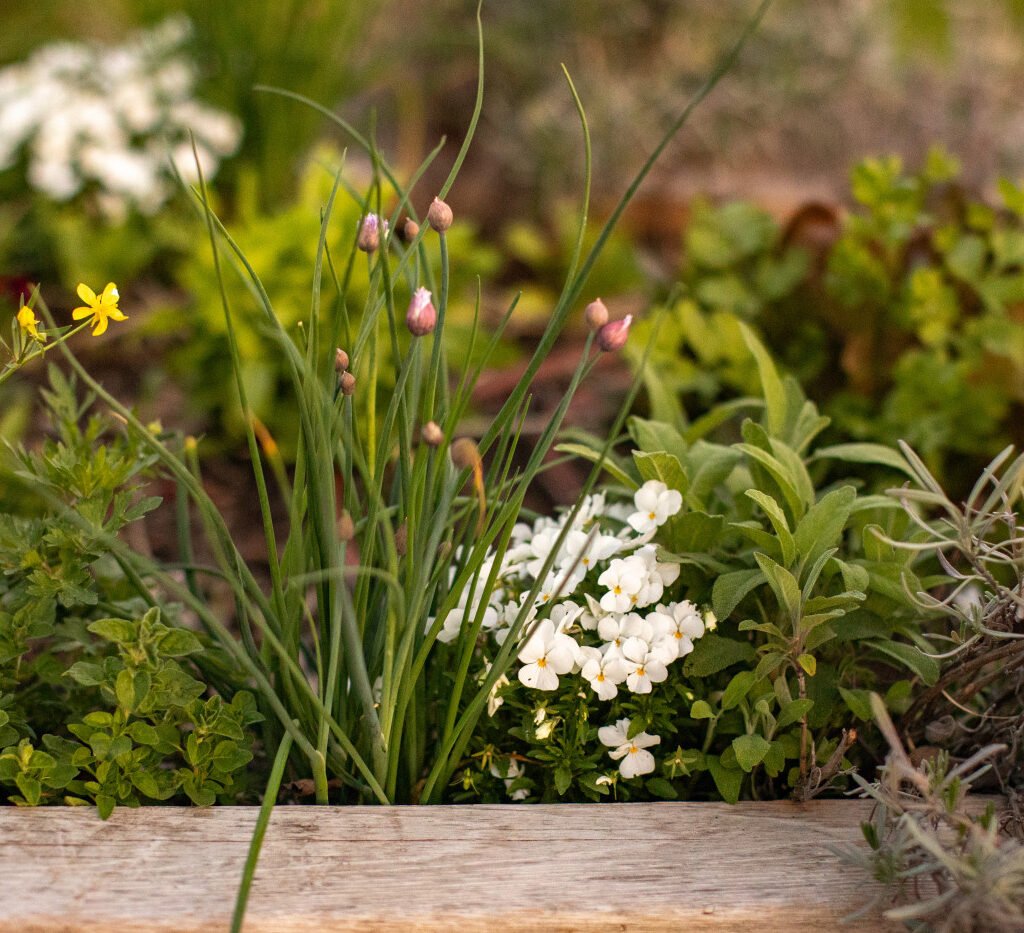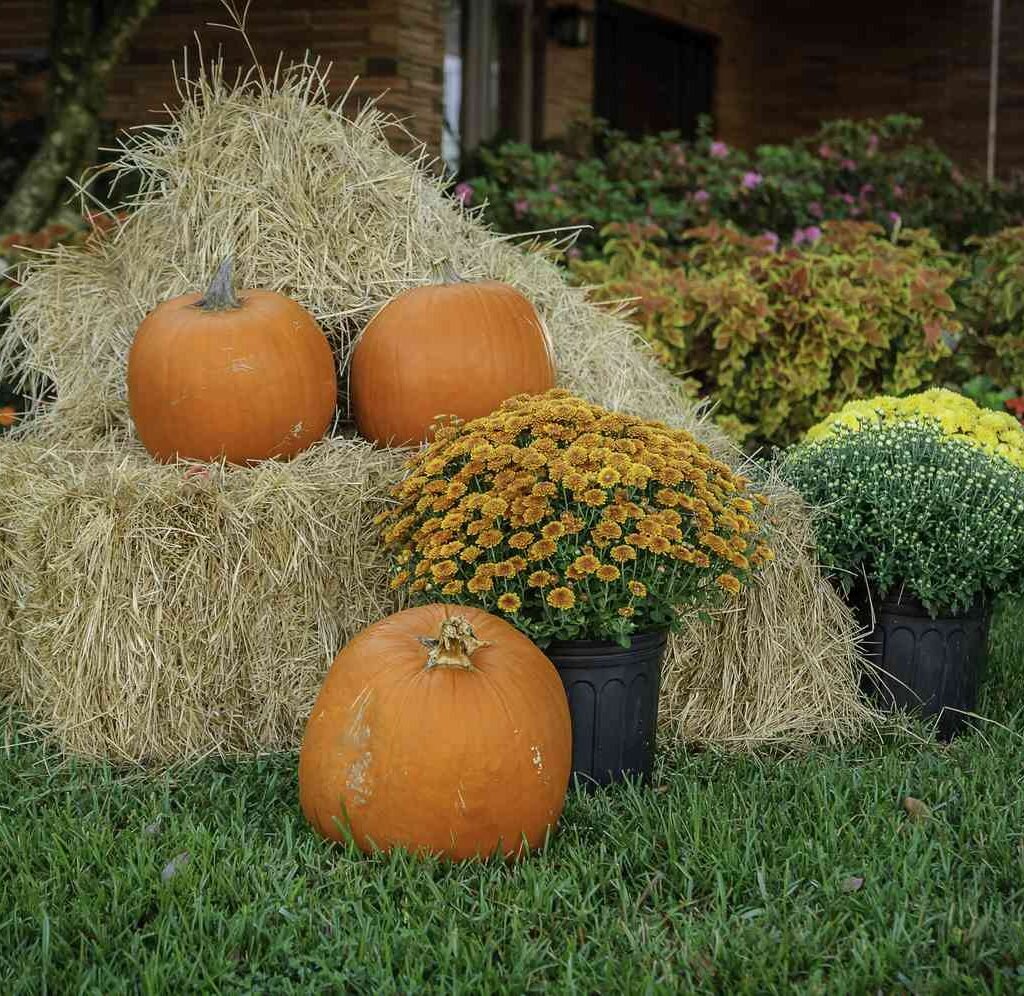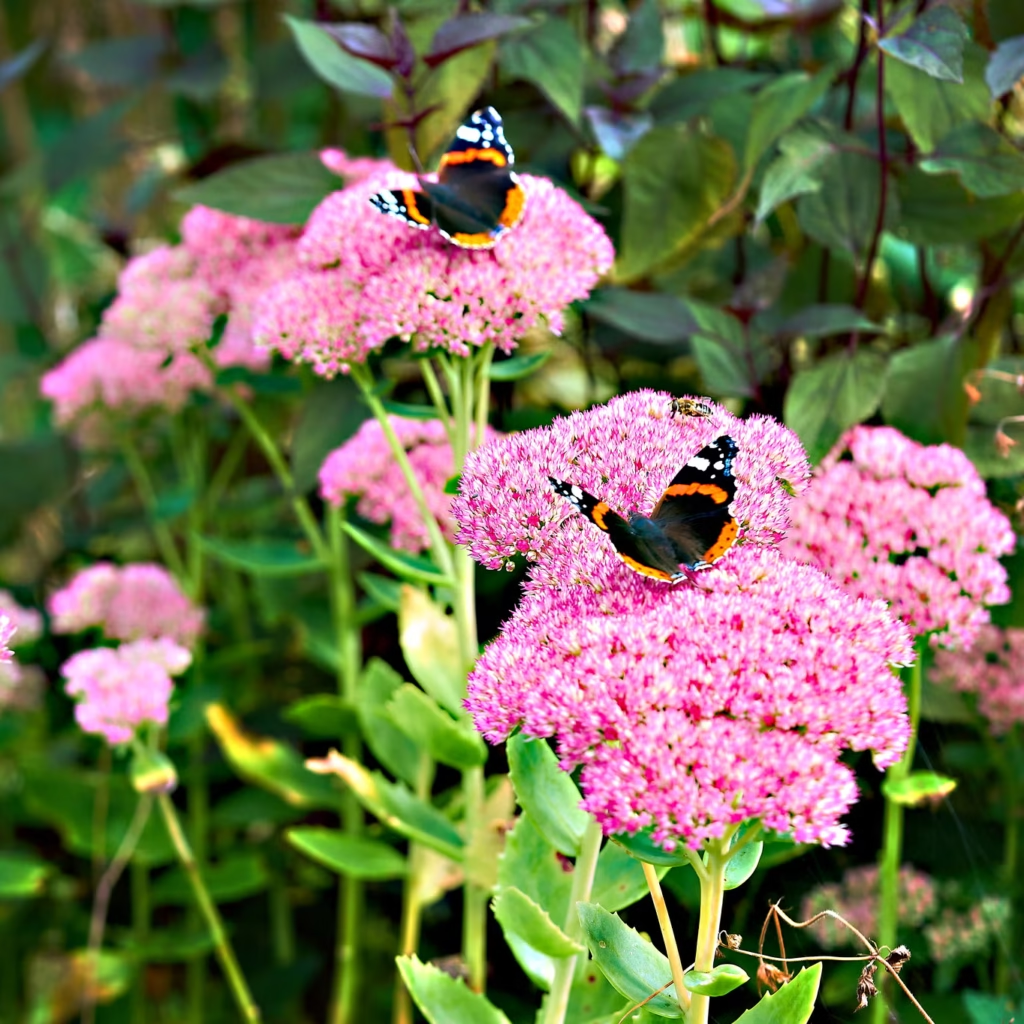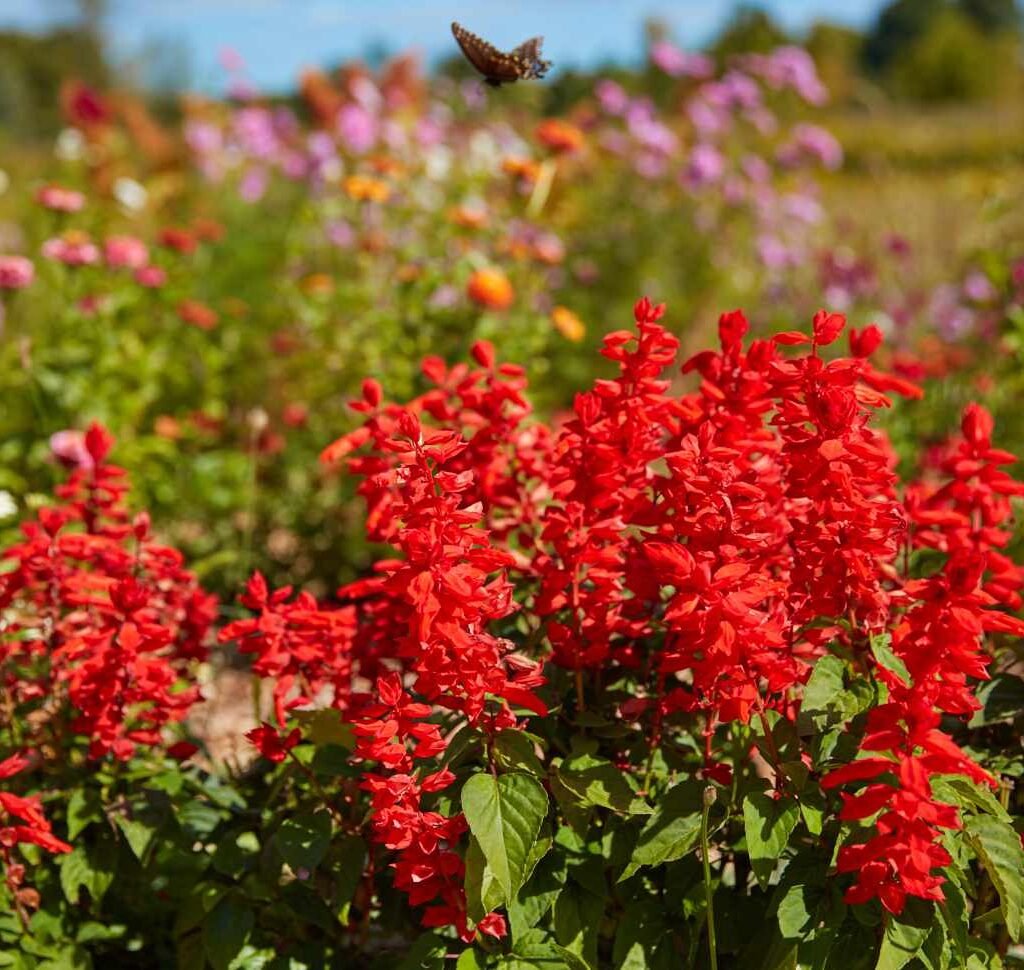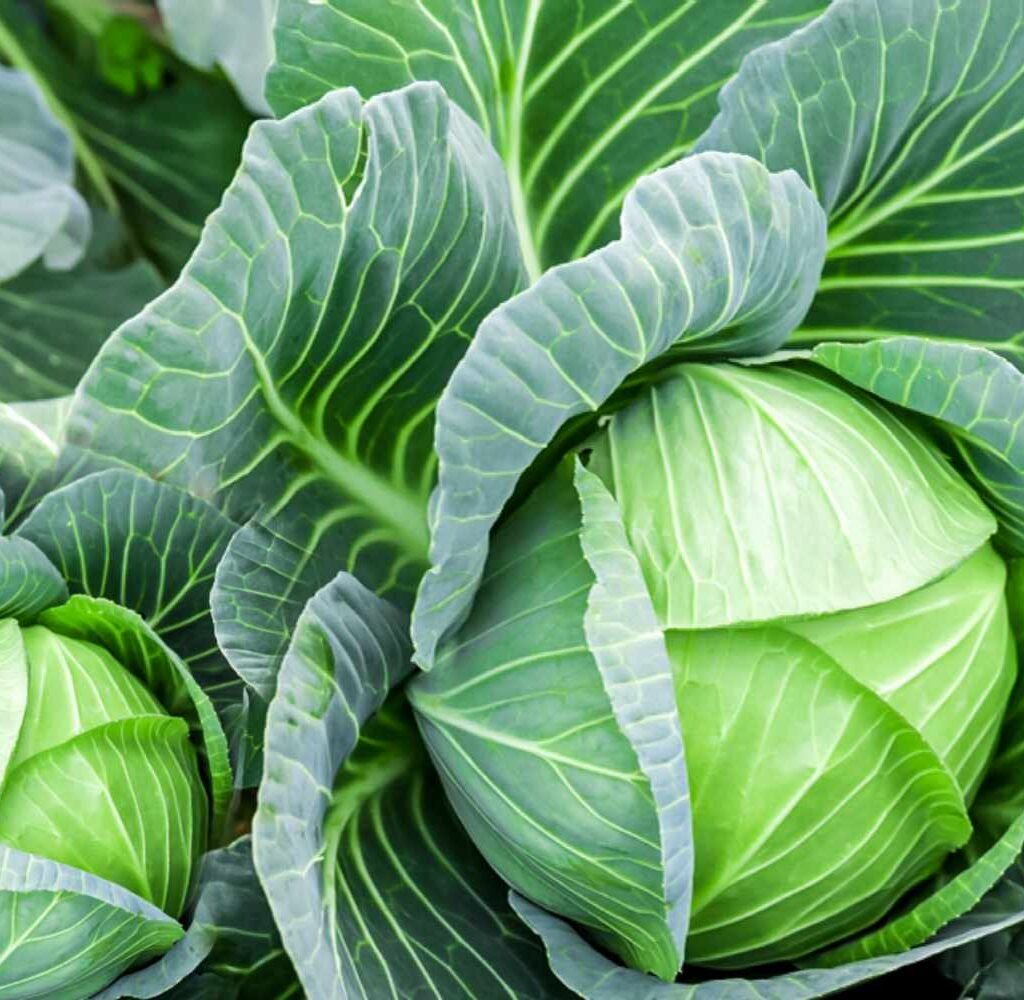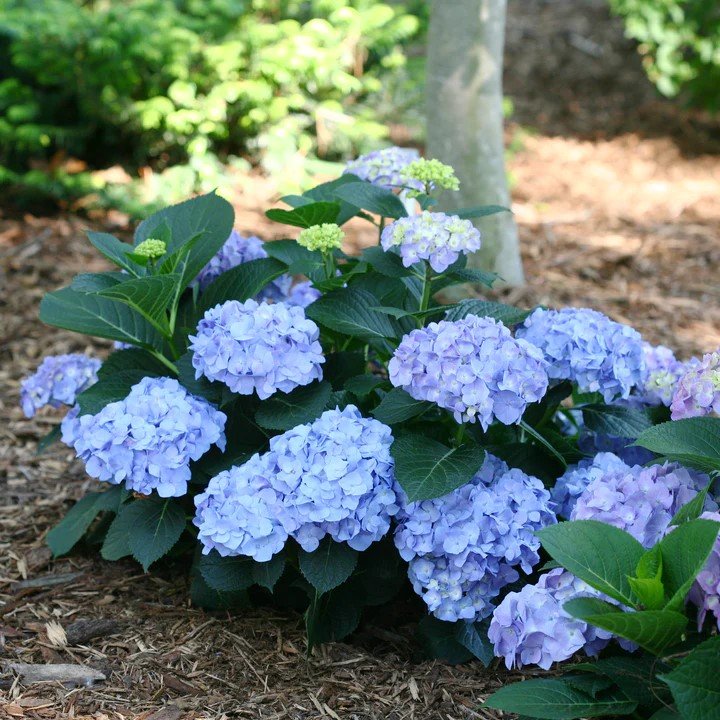Moles are common yard invaders that can wreak havoc on lawns, gardens, and flower beds. Their tunneling habits create unsightly mounds, damage roots, and disrupt soil structure. While chemical treatments exist, many homeowners prefer natural, eco-friendly solutions that protect both the garden and local wildlife.
This article explores five effective ways to deter moles without chemicals, offering practical strategies that are safe, sustainable, and environmentally responsible.
Understanding Moles and Their Behavior
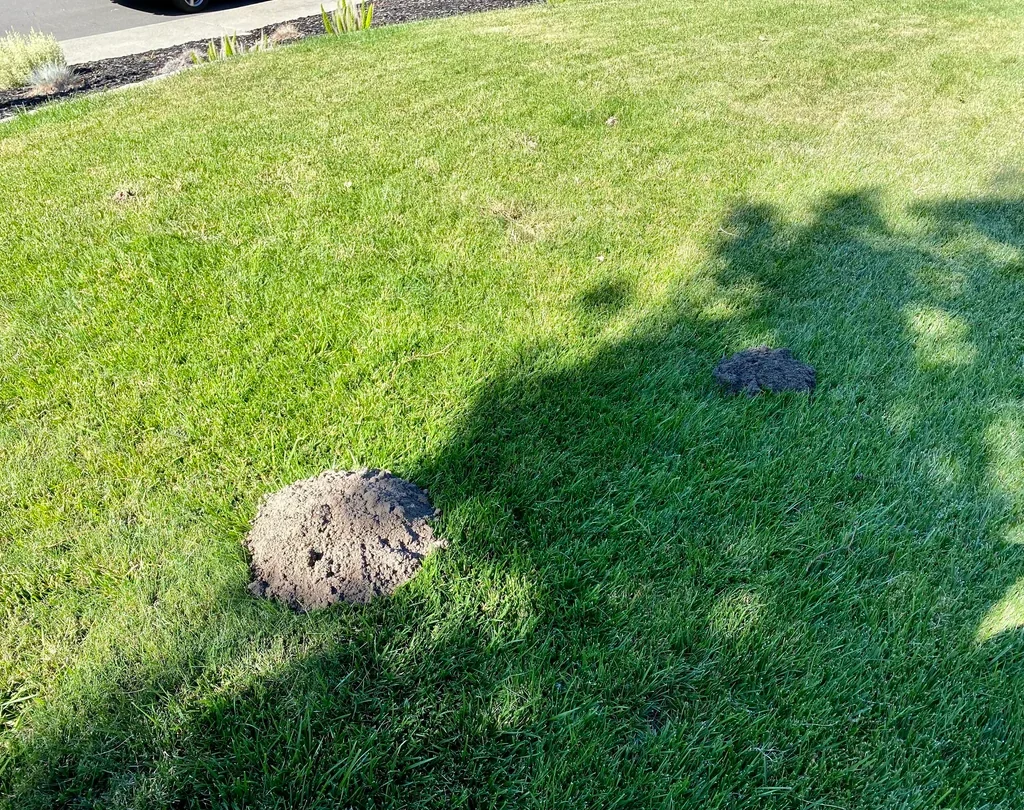
Moles are small, burrowing mammals that primarily feed on insects, grubs, and earthworms. Despite their love for grubs, their extensive tunneling can destroy grass roots and garden plants. Understanding mole behavior is key to effective deterrence:
- Burrow Systems: Moles create both surface tunnels (visible as ridges) and deep tunnels for feeding and nesting.
- Diet: They mainly eat insects but are also attracted to moist, loose soil where worms are abundant.
- Activity: Moles are most active in early spring and late fall when food is plentiful and soil is easier to dig.
By targeting their preferences and behaviors, gardeners can implement non-toxic strategies to reduce mole damage.
1. Physical Barriers
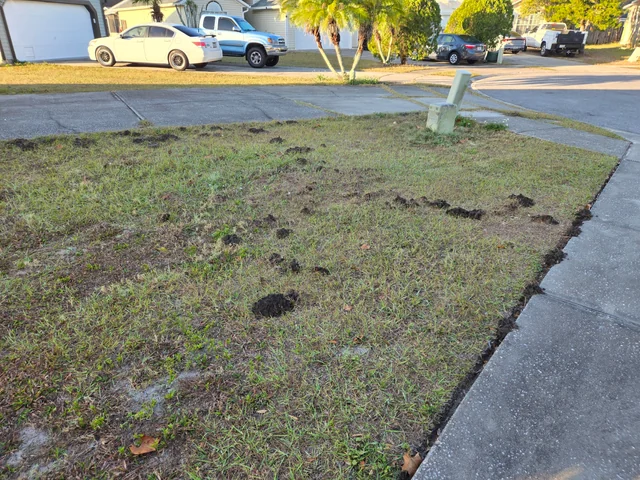
One of the most reliable ways to deter moles is by creating physical obstacles that prevent access to vulnerable areas.
Methods
- Underground Fencing: Bury wire mesh or hardware cloth at least 12–18 inches deep around garden beds or lawns to block mole entry.
- Raised Beds: Construct raised planting areas with a wire mesh bottom to prevent moles from tunneling underneath.
- Tunnel Covers: Install boards or sheets over high-activity areas to discourage surface burrowing temporarily.
Tips for Effectiveness
- Ensure mesh or fencing is buried deeply and extends a few inches above ground.
- Combine barriers with other deterrents for increased success.
- Regularly inspect and repair gaps caused by soil movement or erosion.
Physical barriers are particularly effective for protecting gardens and flower beds from persistent mole activity.
2. Natural Repellents
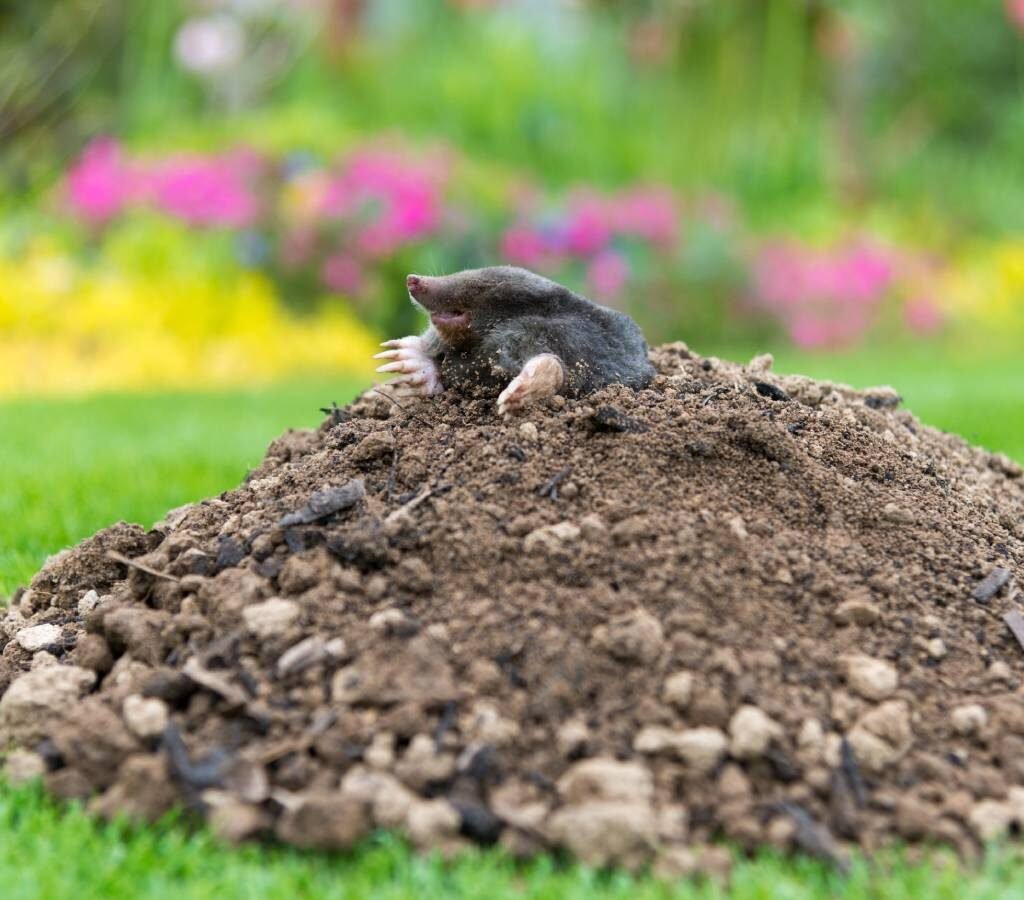
Certain smells and substances can deter moles by making the soil unpleasant for them to inhabit.
Common Natural Repellents
- Castor Oil: Often mixed with water and applied to lawns, castor oil irritates moles’ digestive and olfactory systems without harming plants or other wildlife.
- Garlic or Onion Cloves: Burying these in mole tunnels can create a strong odor that moles avoid.
- Predator Urine: Available commercially, urine from foxes or coyotes can signal danger and deter moles.
Application Tips
- Apply repellents during early spring or fall when mole activity is high.
- Reapply after heavy rain to maintain effectiveness.
- Combine with aeration to allow deeper penetration of liquids into the soil.
Natural repellents are safe, cost-effective, and suitable for environmentally conscious gardeners.
3. Noise and Vibration Deterrents
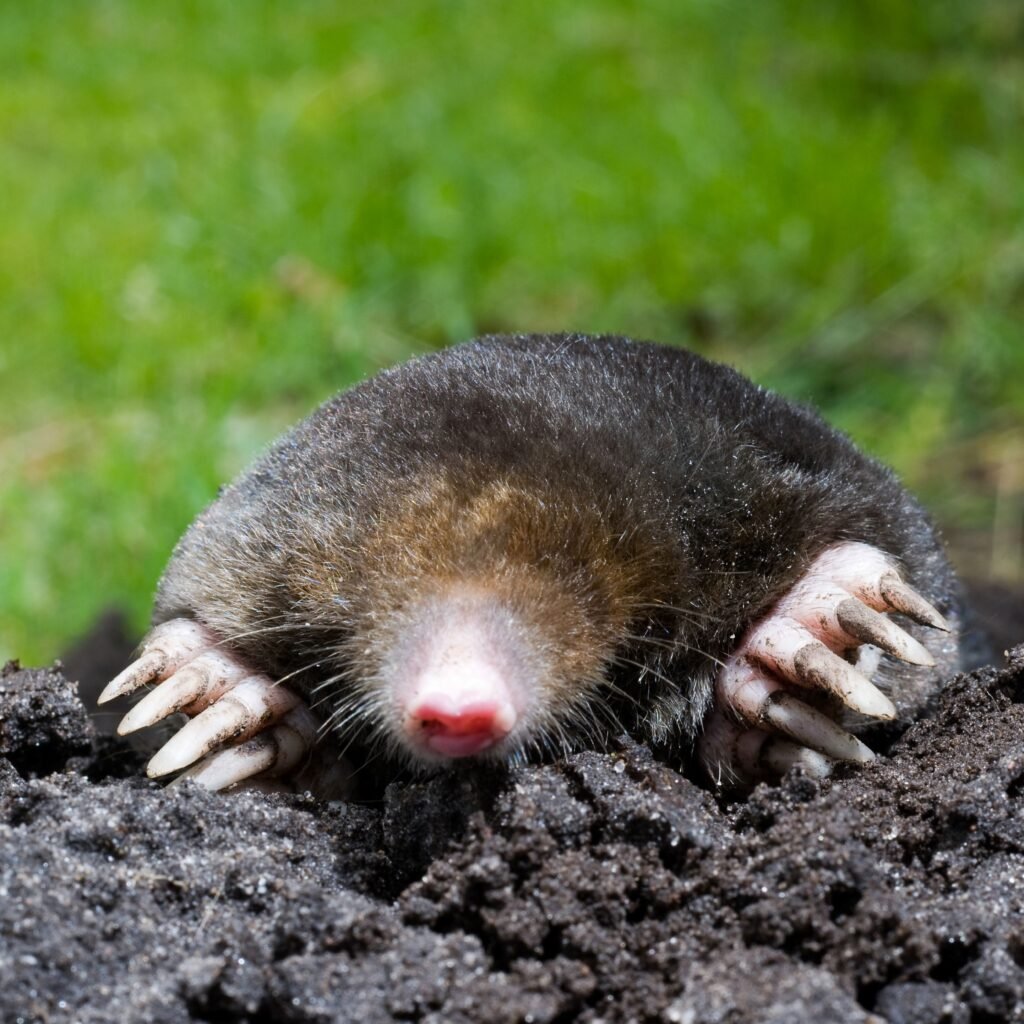
Moles are sensitive to vibrations and ground disturbances. Creating disturbances in the soil can encourage them to leave the area.
Techniques
- Vibrating Stakes: Solar or battery-operated stakes create vibrations that moles find irritating.
- Wind Chimes or Garden Spinners: Placing these near mole activity areas can create subtle vibrations and sound that disrupt their tunnels.
- Regular Lawn Activity: Mowing, walking, or light digging in affected areas increases soil vibration, discouraging moles from returning.
Tips for Success
- Combine vibration with other deterrents to prevent moles from becoming accustomed to the stimulus.
- Avoid continuous, heavy vibrations that might affect plant roots.
Noise and vibration deterrents are non-invasive, chemical-free, and effective for medium-sized lawns.
4. Habitat Modification
Moles thrive in certain soil conditions, so altering the garden environment can make it less appealing to them.
Strategies
- Reduce Grub Populations: Since grubs are a primary food source, reducing their numbers naturally through beneficial nematodes or milky spore disease can discourage moles.
- Improve Drainage: Moles prefer moist, loose soil. Reducing overwatering or improving drainage makes the yard less attractive.
- Minimize Loose Mulch: Excess mulch can create ideal burrowing conditions; keeping mulch thin and compacted discourages tunneling.
Implementation Tips
- Combine with planting less-preferred crops for moles, such as daffodils or alliums, which act as natural barriers.
- Monitor soil moisture levels and avoid creating overly soft, fertile areas where moles can easily tunnel.
By making the environment less hospitable, gardeners can naturally reduce mole activity without chemicals.
5. Encourage Natural Predators
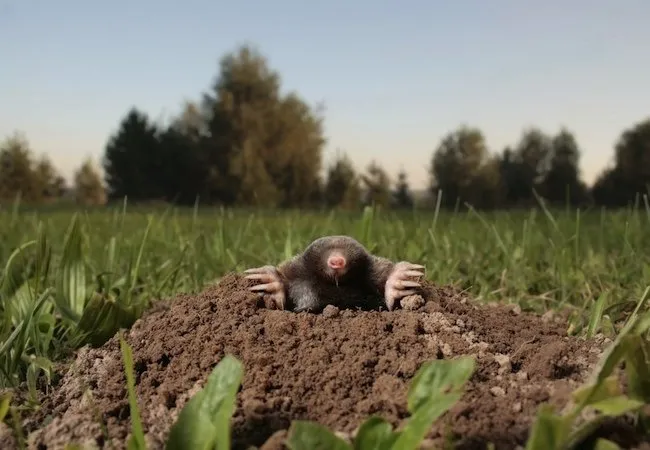
Predators play a vital role in controlling mole populations in a natural, sustainable way.
Examples of Natural Predators
- Owls and Hawks: Birds of prey feed on moles and other small mammals. Providing perches can attract these predators.
- Foxes and Coyotes: In larger yards or rural areas, these predators naturally reduce mole numbers.
- Domestic Pets: Cats and dogs can patrol mole-prone areas, adding a deterrent effect.
Tips for Promoting Predators
- Create safe habitats such as tall grass patches or small woodpiles to attract hunting birds.
- Avoid trapping or harming moles aggressively to ensure predators remain a part of the ecosystem.
- Combine with other deterrents for maximum effectiveness.
Natural predation is an eco-friendly, long-term solution that maintains balance within your yard ecosystem.
Combining Strategies for Maximum Effect
Relying on a single method may not fully resolve mole issues. Combining several approaches produces the best results:
- Barrier installation around high-value plants protects sensitive areas.
- Natural repellents applied to tunnels and burrows discourage repeated visits.
- Vibration devices and noise create a disruptive environment.
- Habitat modification makes the soil less inviting.
- Encouraging predators maintains long-term control.
A multi-layered approach ensures effective mole management while keeping the yard chemical-free and wildlife-friendly.
Long-Term Considerations
- Monitor Regularly: Inspect your lawn for fresh mole mounds and adjust deterrents accordingly.
- Seasonal Timing: Early spring and fall are peak activity periods, requiring proactive measures.
- Patience and Persistence: Natural methods may take longer to yield results than chemicals but are safer and sustainable.
- Integrated Yard Management: Combining soil management, predator encouragement, and physical barriers provides a holistic solution.
With consistent care and observation, gardeners can maintain mole-free lawns without harmful chemicals.
Conclusion
Moles may seem like destructive pests, but chemical solutions are not the only option. By using natural deterrents, physical barriers, habitat modification, noise and vibration techniques, and encouraging natural predators, homeowners can protect their lawns and gardens effectively and sustainably.
A thoughtful, integrated approach not only keeps moles at bay but also promotes biodiversity, supports healthy soil, and maintains an eco-friendly yard. Choosing chemical-free strategies aligns with sustainable gardening principles, ensuring a safe environment for plants, pets, and wildlife.
Ultimately, understanding mole behavior and employing multiple natural deterrents allows gardeners to reclaim their lawns while maintaining harmony with the ecosystem—a win-win for both the garden and nature.









